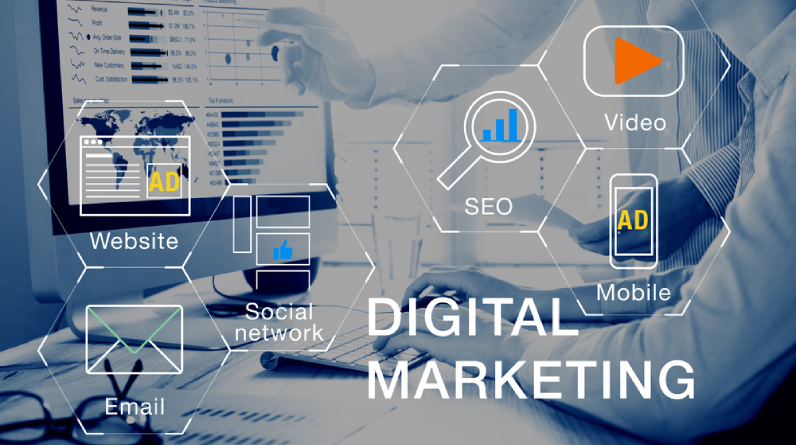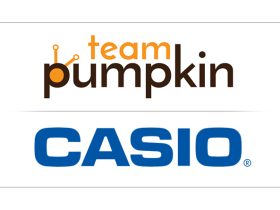As search engine algorithms, consumer preferences, and technology all undergo regular updates, the digital marketing landscape is constantly shifting. Here are five developments I anticipate seeing in this industry in 2023. These developments, such as the growing importance of social media influencers and the pervasiveness of AI and automation, may have a significant impact on the direction that digital marketing takes in the future.
1. There will be a rise in creative uses of AI and automation in marketing.
The field of digital marketing is already being profoundly affected by AI and automation. Chatbots and automated email campaigns help us conserve time and effort. As a result of machine learning algorithms’ analysis of customer data, we now have a better grasp of our target audience’s interests, behaviours, and preferences, allowing us to tailor our offerings to them.
I think we can anticipate even more cutting-edge applications of AI and automation in digital marketing as these technologies mature and gain widespread adoption. I predict that in an attention economy, marketers will look beyond traditional ad metrics to artificial intelligence (AI) tools that track how much time people spend looking at ads, and then use automation to boost campaigns’ success.
2. Advertising in context and direct data collection will both experience a renaissance.
More marketers will likely begin considering how to reshape their strategies this year in response to growing data privacy concerns and the inevitable demise of third-party cookies.
I believe that many will begin using contextual advertising instead of targeted ones. Contextual advertising, as opposed to cookie-based ad targeting, bases ad relevance on the content of the page or app on which it is displayed; for instance, a travel agency might choose to advertise on a travel blog rather than to a specific user who has shown an interest in travel. Without using cookies or private information, this method can efficiently communicate with the intended audience.
We can also expect to see an increase in the number of marketers interested in developing direct connections with their target audience. We can achieve this goal through channels like email marketing, social media, and others that enable two-way, opt-in communication with customers and the subsequent collection of their data. Customers’ trust and appreciation can be earned and a deeper, more meaningful relationship can be formed by consistently meeting their needs and exceeding their expectations.
3. More Advertisers Will Make Use Of Augmented And Virtual Reality Technology And Visual Search

Augmented and virtual reality systems, as well as visual search, are cutting-edge innovations in the past few decades. I anticipate more and more marketers will use them to attract and keep customers as they advance and gain traction.
Users can now conduct product searches with images instead of just words, thanks to visual search. This is especially helpful when attempting to explain the nature of a product to someone unfamiliar with it or when the product itself is inherently cryptic. Take the case of a user who wants to find a specific piece of furniture online by snapping a photo of it. Brands should use metadata to properly attribute images to their brand, provide descriptive information in image text attributes, and include high-quality images of their products from a variety of angles to increase the likelihood that customers will be properly directed to their products on their websites. The latter is crucial when conducting a search involving online images.
Also Read : Despite the backlash Madonna reportedly has a deal with PrettyLittleThing a fashion brand
With the help of augmented and virtual reality, consumers can have an interactive and immersive experience with a product. Brands like Wayfair and Ikea are using augmented reality to show customers how their products will look in their homes, and I predict that other companies will follow suit.
4. The use of influencers and content to forge relationships between brands will increase.
Many successful digital marketing campaigns have included both social media influencers and content. Long-term collaborations between brands and influential individuals to produce content that serves the brand’s goals, values, and target demographic will likely increase in 2023.
If brands want to stand out in today’s crowded content landscape, they need to produce content that is both genuine and memorable. To save money and show customers that you are involved in and connected to the larger community, try incorporating a blend of original and curated content from other sources.
5. Integrated marketing approaches will become the norm for businesses.
Many traditional marketers used to view digital marketing as a collection of discrete strategies and channels, such as email, social media, and paid advertising. However, I anticipate more marketers adopting integrated marketing strategies as a result of the plethora of channels and devices, as well as the growing importance of personalization and customer experience.
Customer behaviour and the best channels to reach and engage them should inform such strategies. Investing in the right technology and infrastructure is crucial if you want to provide a unified and consistent customer experience across all touchpoints. This may include data analytics programmes, CRM platforms, and other similar applications.



Leave a Reply